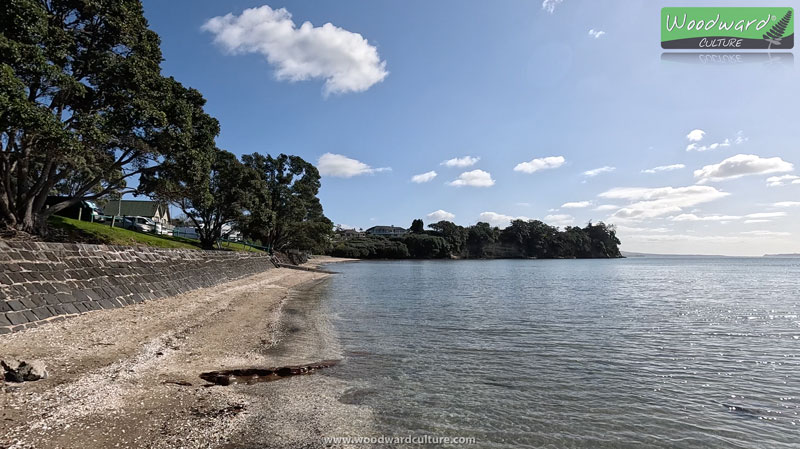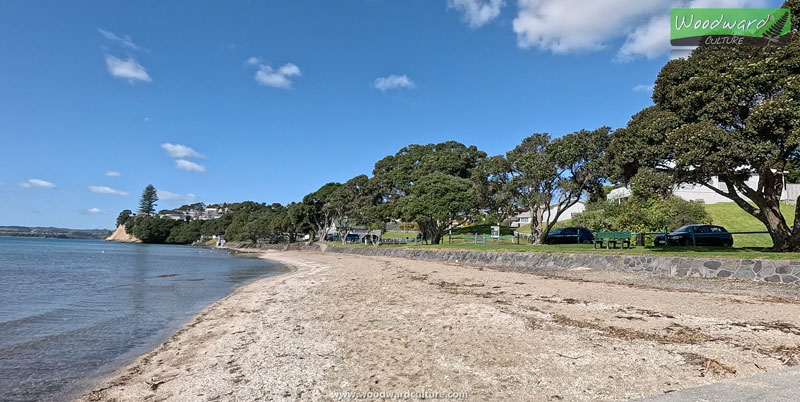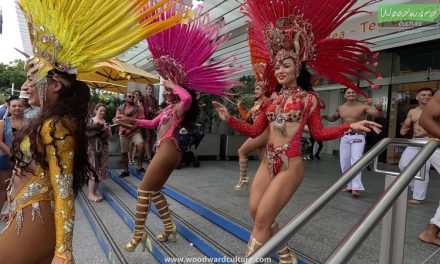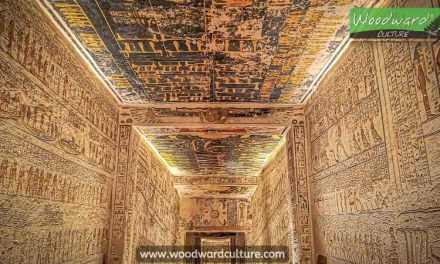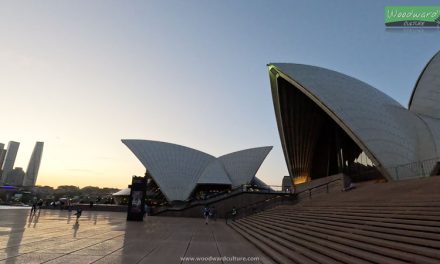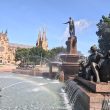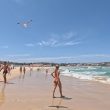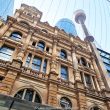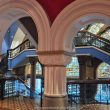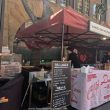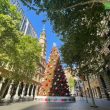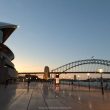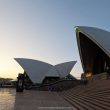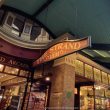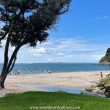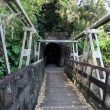In this 4K Walking Tour of Howick, Auckland, we start at Stockade Hill for a view from the top of the surrounding area. We then head down to Howick Village and walk along Picton Street to see the shops and people during a weekday. We then head down Uxbridge Road all the way down to Howick Beach.
Howick is a suburb in East Auckland in New Zealand. It was established as a defensive settlement for Auckland in 1847. Howick was a small agricultural centre until the 1950s when it was developed into a suburb of Auckland. Auckland is New Zealand’s largest city and this is one of the many places to visit in the city.
This walking tour was filmed on a Tuesday afternoon during winter in Auckland, New Zealand. That’s why many of the trees don’t have any leaves on them.
Use headphones for the best immersive experience while listening to the sounds of the local environment.
Click the CC (Closed Captions) for more information about many of the places mentioned below and more.
Stockade Hill – Auckland
We start at the entrance to Stockade Hill and walk up to its summit for a 360° view of the surrounding area, including the distant islands in the harbour.
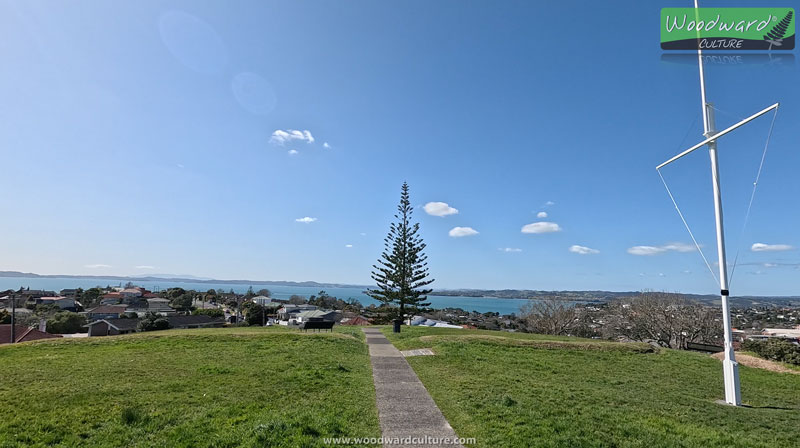
You will see poppies on the path on the way up Stockade Hill. They are to remember those who lost their lives in the World Wars.
The stockade was built in July 1863 with a 1m deep ditch and sheets of iron on top of mounds of earth giving a defensive wall that was 4.5m high.
Three buildings were erected within the stockade – a low oblong building to accommodate women and children, and two bastions on the eastern and western corners for cannons that were never purchased.
This happened during the New Zealand Wars which took place from 1845 to 1875 between the New Zealand colonial government and allied Maori on one side, and Maori and Maori-allied settlers on the other.
In 1863, when they thought an attack could happen at any time, armed men patrolled the streets of Howick each day and the All Saints Anglican Church (which we will see later) had a bell that would ring to let people know attack was imminent.
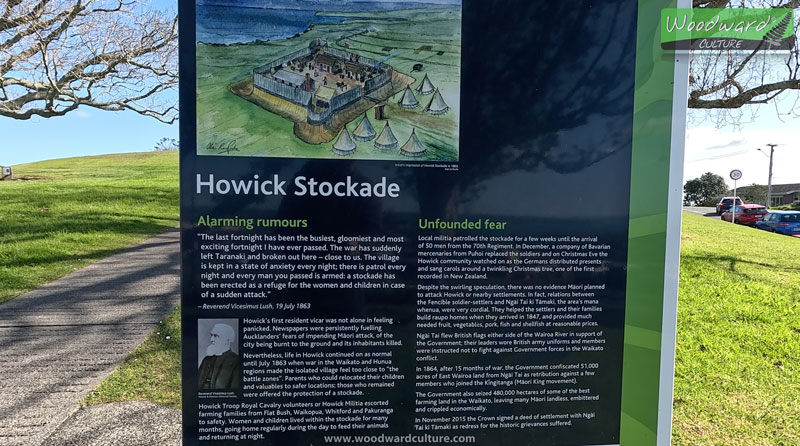
Today, there is a memorial for soldiers who died in World War 1 and 2 at the top of Stockade Hill. There is also a map / compass showing the location of local islands and land as well as the direction to international destinations. Can you see your city on this compass?
After going down Stockade Hill, and before entering Howick Village, you will see a small park with a circular track in the middle of it. This is used for people walking their dogs and kids on skates or bikes.
Just before you enter the village, to right (as you are going down the hill) you can see a mural that shows how Howick was over a 100 years ago.
Howick Village
The main street of Howick Village is called Picton Street.
To the left of the Welcome to Howick Village sign, you can see a church to the left. It is called Our Lady Star of the Sea (a Roman Catholic Church).
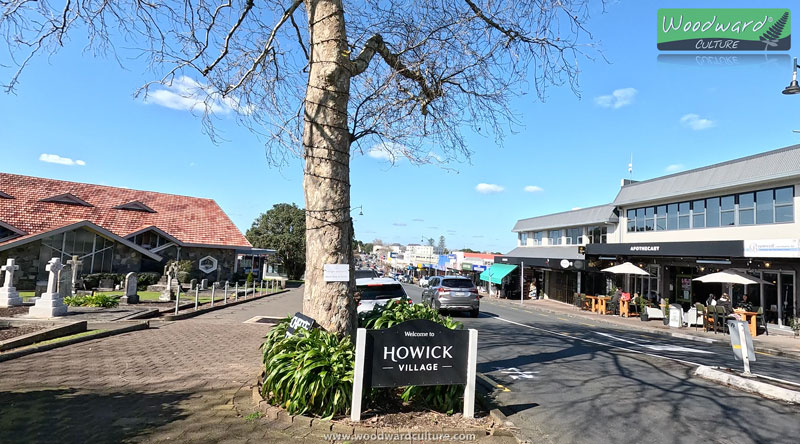
The area below is one of the entrances to Rices Mall. On the walls to the right there are many old photos of how Howick used to be.
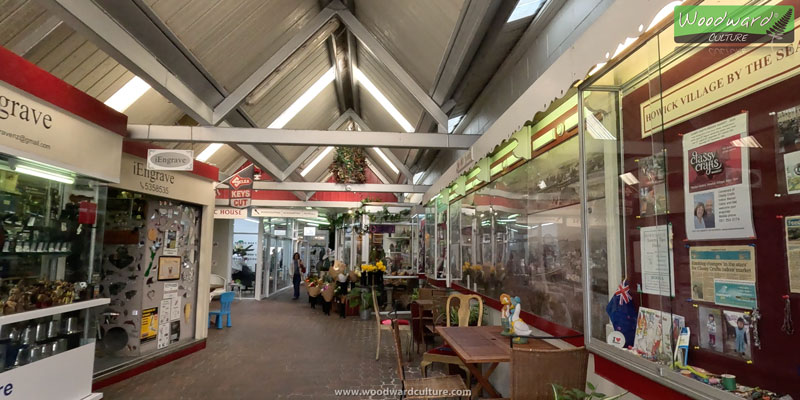
Across the road from Rices Mall (on the corner) is The Prospect of Howick, an old hotel and bar that was first built in 1906 and originally called the Marine Hotel.
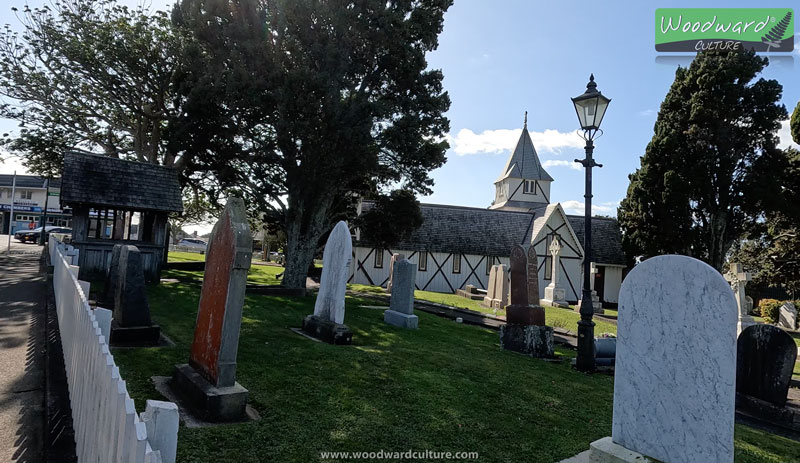
At the end of Picton Street and where Cook Street starts you will find All Saints Anglican Church and its cemetery (photo above). It is the oldest church in Auckland, being built in 1847.
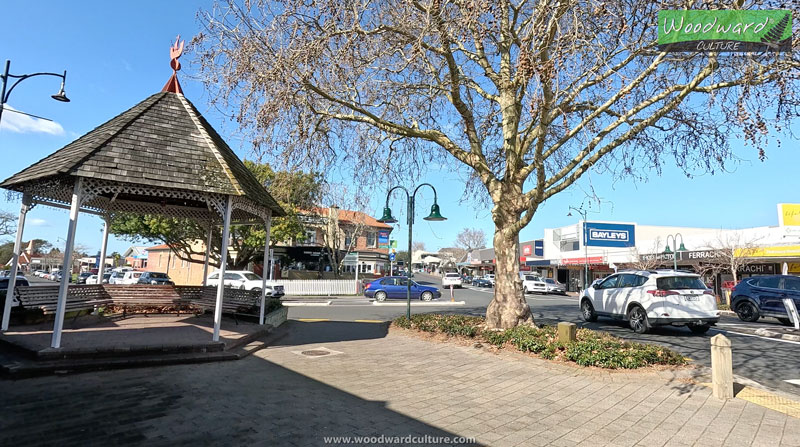
Above is a cool gazebo to rest and eat one of the local pies. It is on the corner of Picton Street and Uxbridge Road. If you continue down Uxbridge Road, it will take you to Howick Beach. On the way, you will see the Howick local library and a community centre. Look out for the old houses on the way down the hill like in the photo below.
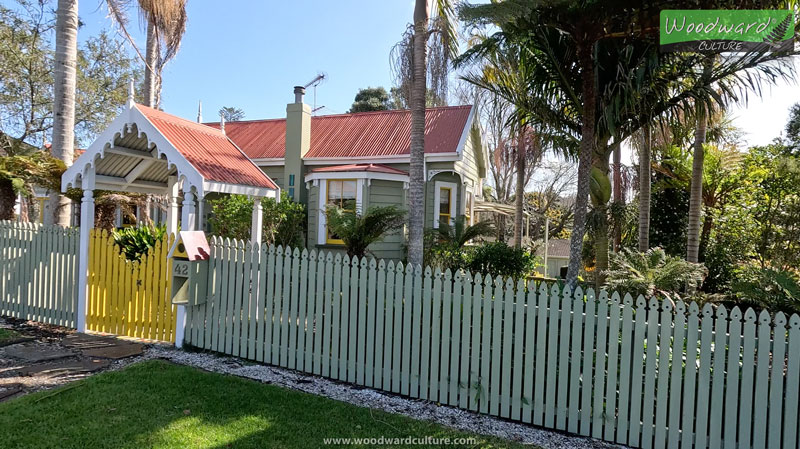
Howick Beach
There is a boat ramp at one end of Howick Beach if you want to bring your boat or jetski. Howick beach doesn’t become deep quickly so it’s idea for kids.
At the other end of Howick Beach is the local sailing club. Sometimes schools come down here to teach the kids water safety and how to sail a boat during the week (usually at the beginning of the school year when the weather is warmer).
Many people park their cars in front of the beach at lunchtime or after work to relax.
